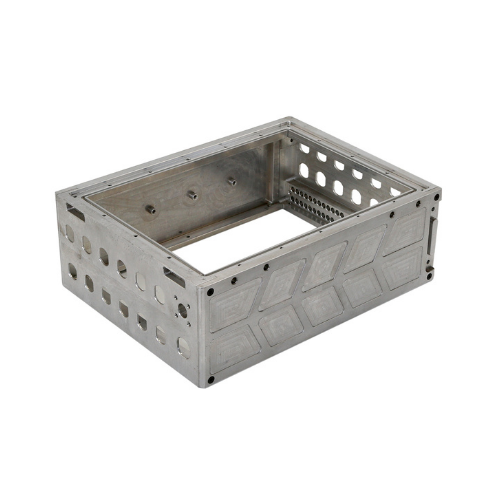CNC prototype machining is a combination of CNC machining and Prototyping. It is a computerized process used to make prototypes in a very short time. It is used to create a single kind of prototype as per customers’ specifications and requirements, but a variety of prototypes can make with this process’s help. In the case of validating the machining operations, making the prototypes is very useful. Here in this article, there is detailed information on CNC Prototype machining.
Process of CNC Prototype Machining
The complete step-by-step process of CNC Prototype Machining is discussed below.
1- Create Multiple Designs
The first step in manufacturing CNC prototype machining includes creating multiple different designs of similar components. It is done by the collaboration of various engineers and product designers. The main factors that vary in design are:
- Positioning features
- Dimensions
- Materials
The preparation of the unique ideas is compulsory for testing and manufacturing assembly design. The preparation of this distinct ideation ensures optimal production and the current prototyping.
2- 3D File Generations
The generation of the 3D files is compulsory for the properly manifestation of the designer’s ideas. Thus drawing the prototypes is necessary. Drawing the prototypes is not easy, but they can be successfully removed using CAD software. CAD is an advanced application that helps create the designs considering the needed objects’ features and dimensions.
The CAD software only draws the prototypes because the applications that enable the CNC machine programming are based on CAD files. So, the generation of 3D files is essential because it helps the specialists prepare the computer-based machining centers. It also allows engineers to consider the technical characteristics and the designers to manifest their ideas fully.
3- Production Sequence Identification
The CNC prototyping involves multiple manufacturing processes, including drilling, milling, turning, routing, cutting, and several other procedures. It is vital to choose the implemented methods to enable sample production.
It also ensures that the production line consisting of CNC machining possesses proper machining operation sets for particular components. Implementing all the procedures by a single reliable equipment unit is also possible. In all cases, the respective specialists select the sequence of production.
4- CNC Programming
This step of CNC programming involves integrating the designs and the production sequence into CNC machine control panel software. The integration is done with the help of the G-coding those programs the tool travel time, cutting depth, and feed rate.
The CAD files are automatically transferred to the C-codes-based with the help of complex software solutions. Using this procedure, the workpieces and the cutting tools are feed move and turned by the machining centers. To eliminate all the potential errors, it is compulsory to understand all the processes at this stage.
The manufacturer rarely employs a specialist having command on the perfecting CNC machining programming. So it is usually done by a third party that offers rapid prototyping.
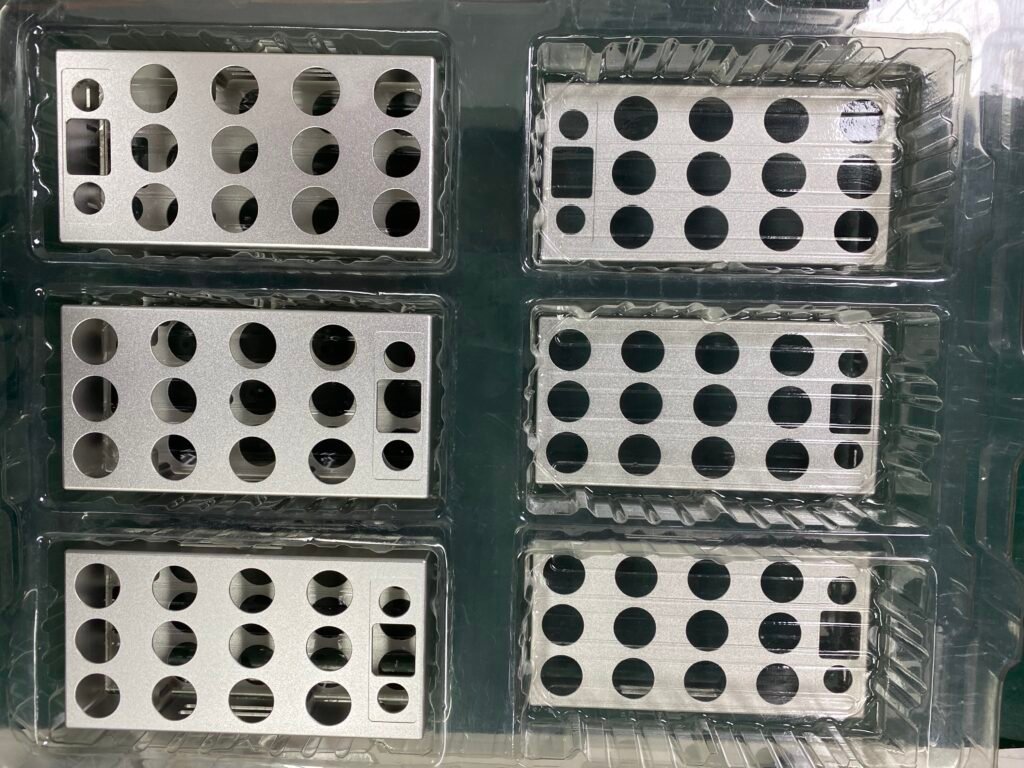
5- CNC Rapid Prototyping
CNC rapid prototyping produces multiple samples per 3D file coded. The signals are received by the numeric control panel of a CNC machine. The movement of the spindles is dictated by the signs along a center’s axes. It results in the achievement of the desired products as the material is cut off a workpiece.
The elimination of the potential errors may take time, so that it may prevent the delivery of the repetitive outcomes by the CNC machines. The designed ideations and the machining processes should optimize at the end of the prototyping stage.
6- Testing
Testing is the last stage in CNC prototyping machining. The primary purpose of rapid prototyping is to make sure that the components of the designs must meet all needed requirements. Fulfilling this requires testing the innovative samples for overall performance, durability, defects, and functionality.
The experts conduct multiple tests that generate ideas to satisfy the customers’ requirements and prove the ideation viability. In the end, it is further analyzed, and the best prototype is selected.
Uses/Applications of CNC Prototype Machining
CNC prototype machining is mainly used due to the requirement of functional prototypes in industries. The CNC prototype machining is used primarily in the following sectors.
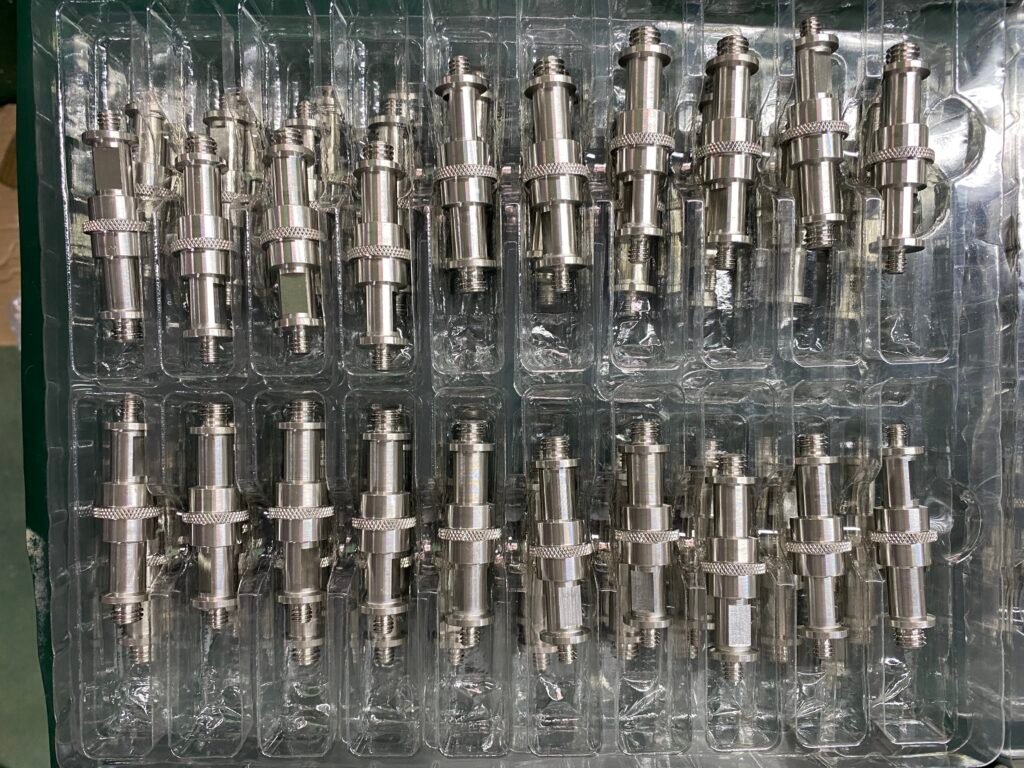
1: Automotive Industry
The CNC prototype machining is used to test the prototypes of the parts of the innovations of the automobile companies. The prototype testing is necessary to know whether it functions properly or adjusts well into automobiles. It can be responsible for the development of automotive prototypes to definite specifications.
2: Military and Defense Industry
CNC prototype machining has significant uses in this industry. It is used to make the prototypes of the complicated gadgets required to work the war vehicles and the ammunition properly. Some industry devices include communication, transportation, plane, etc.
3: Medical Industry
In medical industries, the companies need to analyze the prototypes of the new equipment to test whether or not these equipment perform relevant functions. The requirement of the medical industry is so high, and CNC prototype machining is one of the best methods for this requirement. The CNC prototype is used to manufacture the equipment. Some medical equipment includes safe enclosures, research equipment, implants, orthotic devices, MRI machines, etc.
4: Aerospace Industry
There is no chance of any mistake in aerospace because a small error can lose the part’s functionality. Therefore the prototype is the main requirement in these industries. The prototypes help check the functionality of these parts, and CNC prototype machining aids in making various components in this industry. Some components include bushing, airfoils, landing gear parts, manifolds, etc.
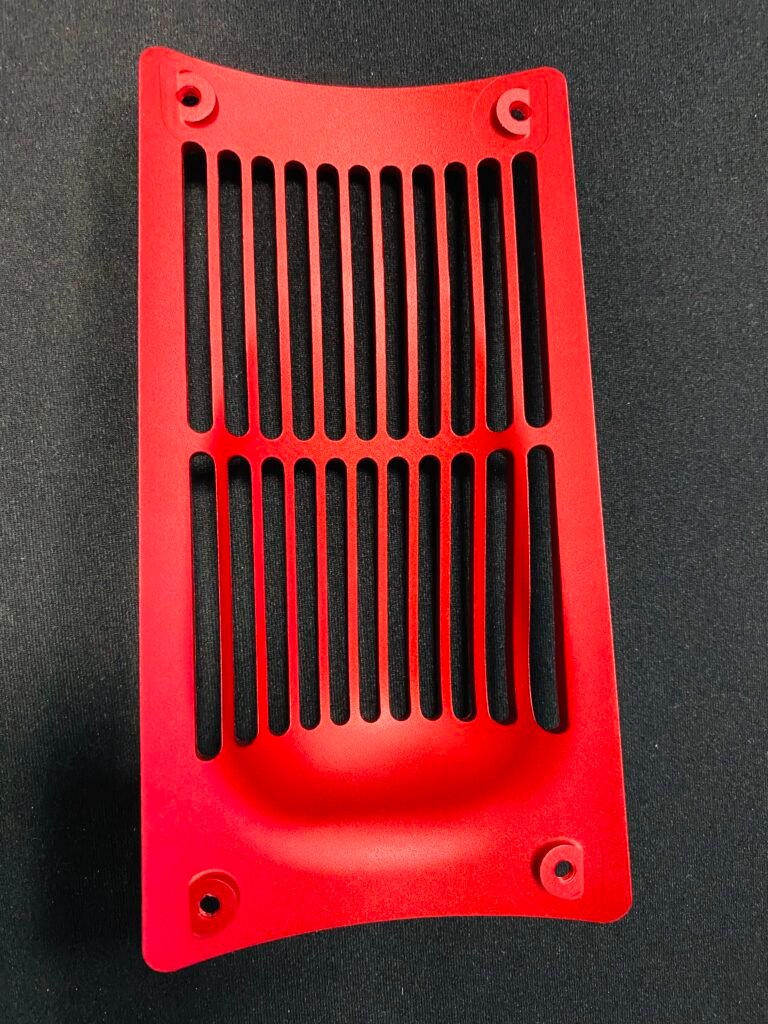
Advantages of CNC Prototype Machining
Following are the benefits of CNC prototype machining.
1: Bulk production of the same size
CNC prototype machining is responsible for creating the functional prototypes. The prototypes developed by the CNC prototype machining look and perform like the original ones.
2: No need for fixed tooling
Many prototype processes may need additional tools for corrections resulting in additional cost. On the other hand, the CNC prototype machining performs the work with the already available tools in the turntable.
3: Fast process
CNC prototype machining is a fast process used to make prototypes. The best 3D models can be prepared using this process in a very short time. As a result, the final product can be manufactured faster than the other methods.
4: Works with multiple materials
CNC prototype machining can use various types of materials for making similar prototypes. Other prototyping methods, such as 3D printing, cannot use multiple materials. They can only use a limited variety of materials for making prototypes.
5: Accurate method
CNC prototype machining is an accurate method for making the parts that need high tolerance. The parts made by this process may have accuracy up to 50 Microns tolerance. It can also help improve the surface finish of various parts with the help of advanced finishing methods. Thus it results in making the parts with high tolerance.
6: Easily modified
Many designs may have flaws that need to be corrected in most cases. These flaws can be recorrected, and designs are modified easily with the CNC prototype machining. It only requires the recorrection of the CAD design and reprogramming of the machine.
7: Quality and Consistency
The CNC prototype machining makes the best machining part with high quality and consistency. The parts made in each batch are similar with no significant deviation. In rare cases, some batches may have minimal dimensional variation. It is especially beneficial for assembly that needs tight tolerance between mating parts.
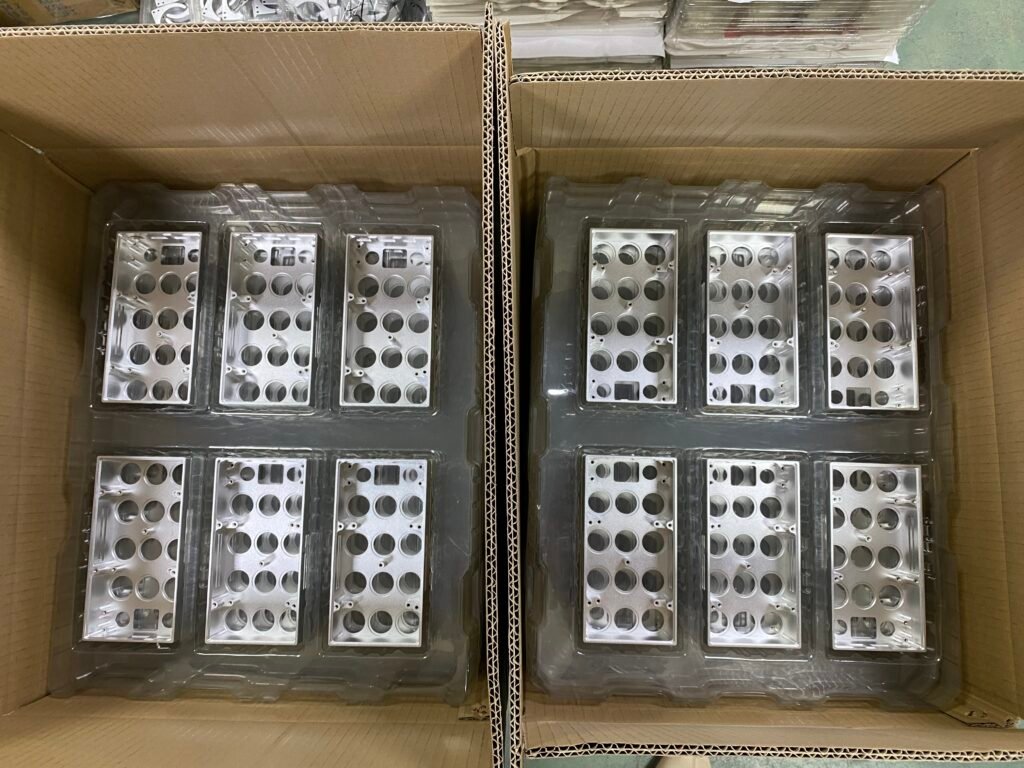
Disadvantages of CNC Prototype machining
The disadvantages of the CNC prototype machining are discussed below.
1: Production of waste material
In CNC prototype machining, many of the workpieces are removed to form the final product. These workpieces may convert to plastics or chipped metal, so they are no longer used. In this case, their disposal is necessary that results in excessive waste material. The production of a lot of waste material makes the environment polluted and enhances the cost of the overall process.
2: High cost
One of the main disadvantages of the CNC prototype machining method is the high cost of the manufacturing process. It is much more expensive as compared to the other methods. The startup of the method makes it more costly than other methods. Moreover, the raw material on which the CNC prototype machining works is more expensive than the material used in other simple printing methods.
3: Geometrical restrictions
The complex parts can be easily shaped or cut using CNC prototype machining. But, in rare cases, it may face problems in designing some features. For example, the cutting tools may not get in the piece in the parts having complex internal geometries. So, the other prototyping methods are considered more beneficial in such cases. A good company can decrease these drawbacks by implementing state-of-the-art machinery and skills. So it is necessary to contact a reliable service provider.
Conclusion
CNC prototype machining method is a fast and reliable process to make a prototype. If you need a top-notch CNC prototype machining service, we are offering the best and cheapest CNC machining service for you. Contact QBH Technology to get a free quote and further information. Here you can find all products to meet your needs and solutions for your problems.

